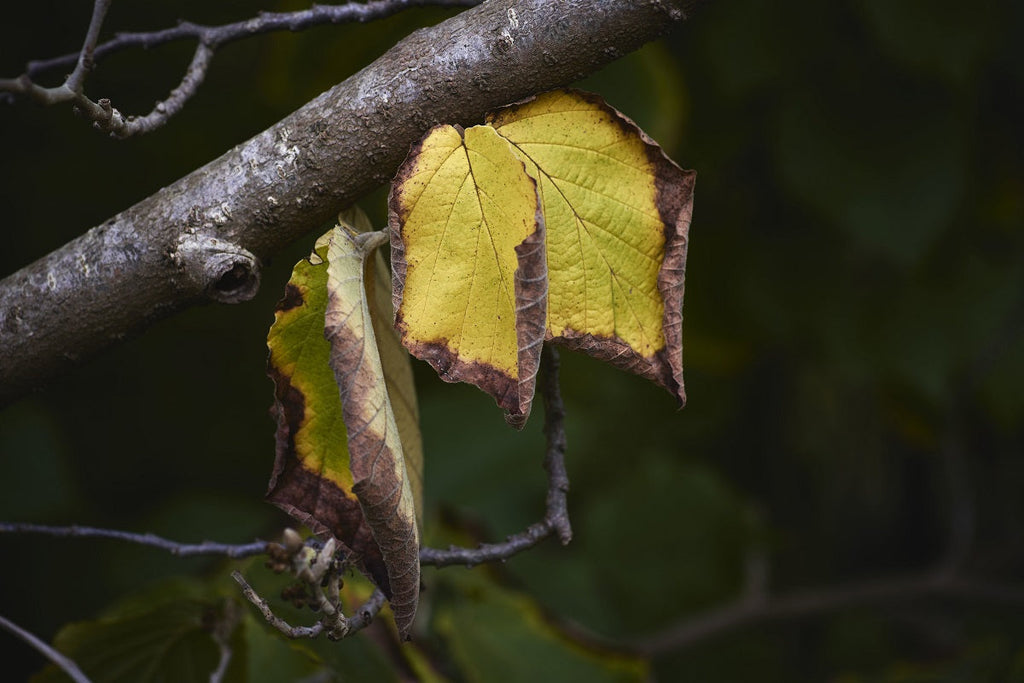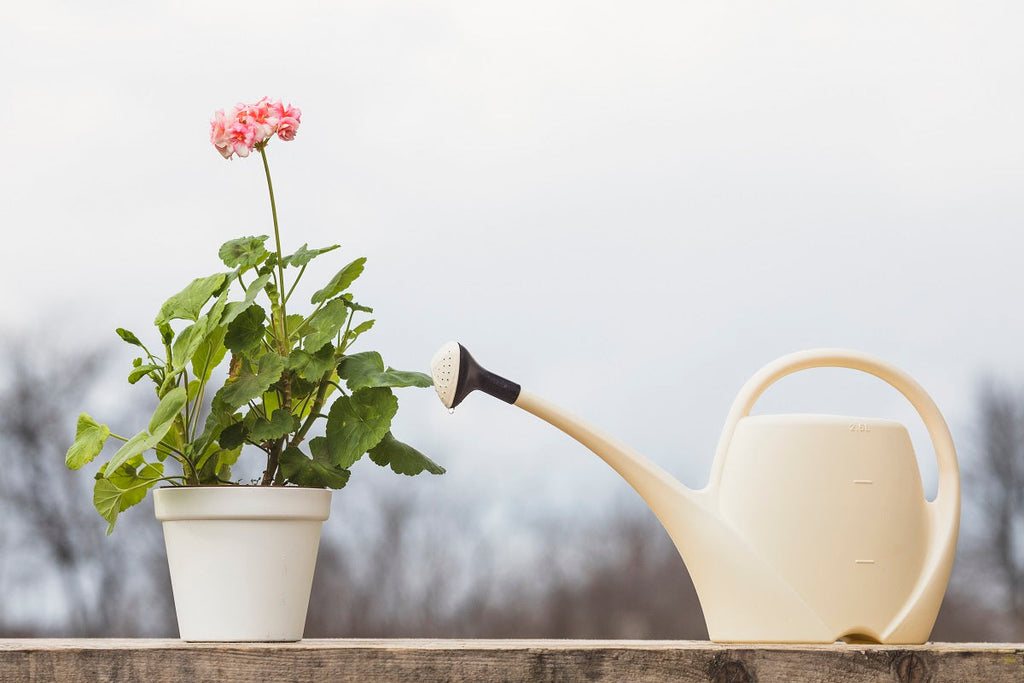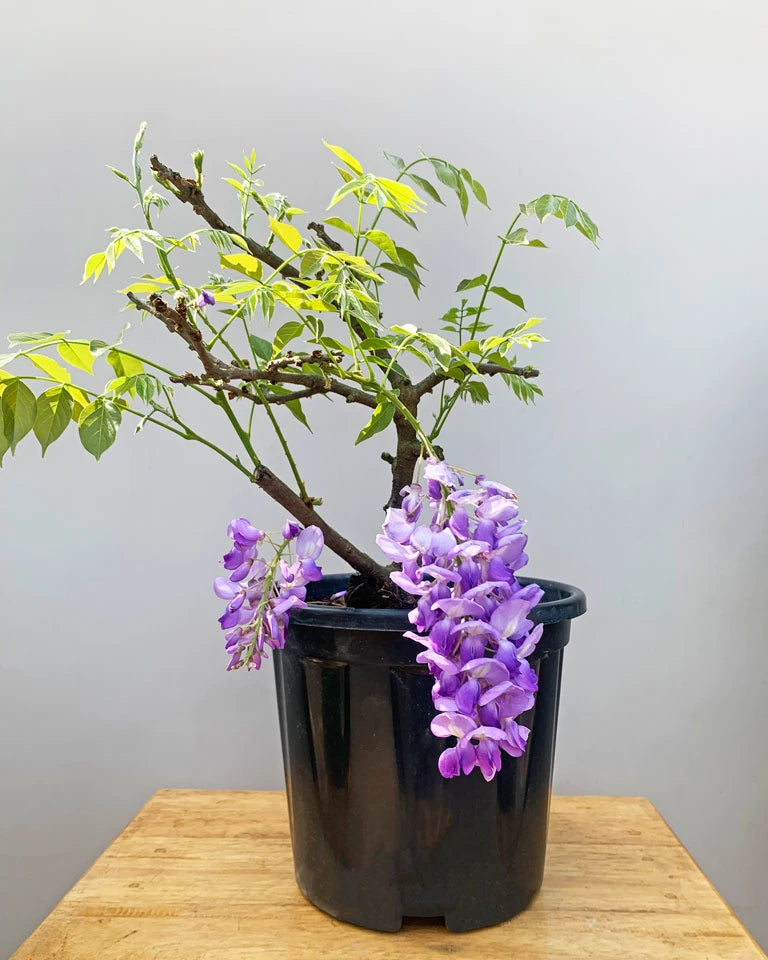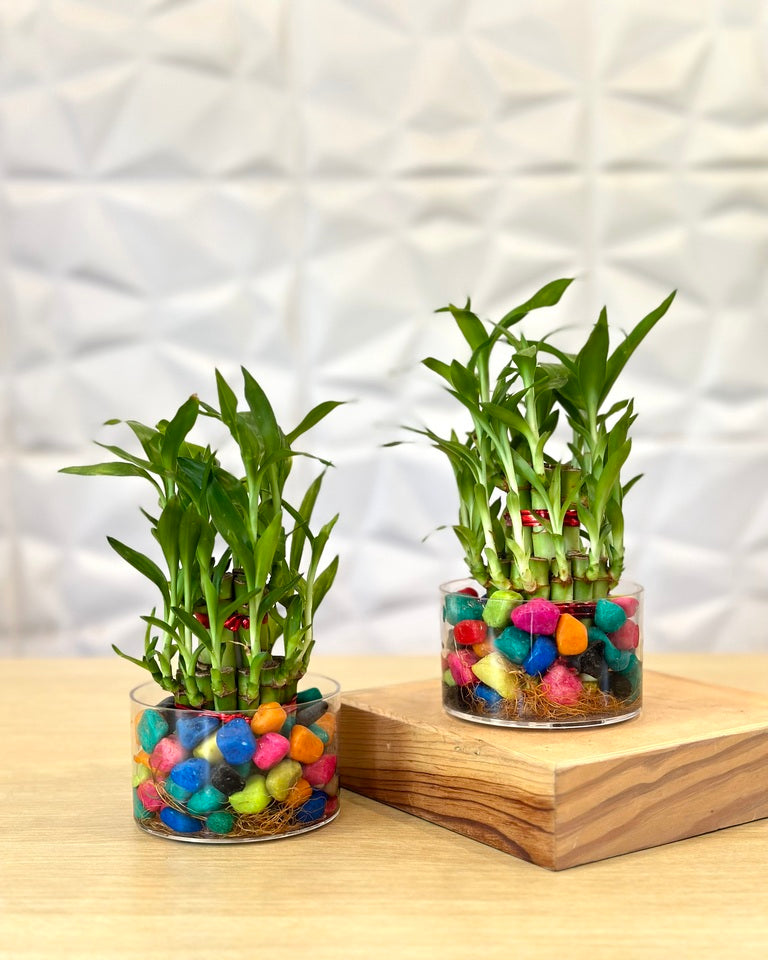
How to Care for a Peace Lily Houseplant

Introduction to Peace Lily Plant
One of the most popular houseplants is the Peace Lily (Spathiphyllum), which is prized for its gorgeous white flowers and lush, deep green foliage. This plant, which is native to tropical regions of Central and South America, grows best in the shaded understory of rainforests, which makes it ideal for indoor spaces with little light.
In addition to its aesthetic appeal, indoor Peace Lily care is straightforward, and the plant is recognized for its air-purifying qualities. Whether you’re looking to improve air quality, enhance your home decor, or find a low-maintenance houseplant, the Peace Lily is an excellent option. This plant is perfect for adding greenery to your home, and its low-maintenance nature makes Peace Lily care for beginners an easy and rewarding process.
The Origin of Peace Lily
The Peace Lily is native to tropical rainforests, primarily found in Central and South America. In its natural habitat, it grows under the canopy of larger trees, thriving in the shade with minimal direct sunlight. This origin explains why Peace Lily care is simple and why the plant is well-suited for low-light indoor environments.
Because Peace Lilies originate from humid and warm environments, understanding their natural habitat can help you provide the best possible care at home. For those new to houseplants, Peace Lily care for beginners requires mimicking these tropical conditions with warmth and regular watering.
Why Choose a Peace Lily for Your Home?
1. Air-Purifying Qualities
According to NASA’s Clean Air Study, Peace Lilies are excellent air purifiers. They effectively remove harmful toxins from the air, such as formaldehyde, benzene, and ammonia, making them perfect for homes and offices. This is one of the top reasons why Peace Lily care is so rewarding, as it not only improves the aesthetics of your space but also enhances the quality of the air you breathe.
2. Low-Maintenance Plant
Peace Lilies are remarkably easy to care for, making them ideal for both beginners and experienced plant enthusiasts. Peace Lily care for beginners is often recommended because this plant can tolerate low light and irregular watering, making it one of the most forgiving houseplants.
3. Versatile Decor Element
The Peace Lily is a lovely decorative element because of the striking contrast between its elegant white flowers and dark green foliage. Whether placed in your living room, bedroom, or office space, indoor Peace Lily care ensures your plant thrives in various conditions, transforming a room into a more serene and elegant environment.
4. Space-Friendly Plant
Because of their small size, peace lilies are perfect for cramped areas. Because of their adaptability to low light, you can put them in a lot of places, including your home's darkened corners. Thanks to easy Peace Lily care, this plant is a perfect choice to enhance your living spaces with minimal effort.
How to Care for Your Peace Lily
While Peace Lilies are relatively low-maintenance, giving them the right care will ensure they flourish. Here’s a detailed guide on how to take care of your Peace Lily:
1. Light Requirements
Peace Lily care involves providing the right amount of light. Peace Lilies thrive in low to medium indirect light. Although they can tolerate low-light conditions, they produce more flowers and grow better when placed in a bright room with filtered sunlight. Avoid exposing them to direct sunlight, which can cause the leaves to scorch and turn yellow.
2. Watering Schedule
Maintaining indoor Peace Lilies requires regular watering. These plants dislike sitting in water; instead, they like soil that is consistently moist. When the top inch of the soil appears dry, water your plant. Overwatering should be avoided as it can cause root rot. It's preferable to submerge rather than overfish if you're unsure. This part of caring for Peace Lilies can be challenging for novices, but the plant will typically indicate when it needs water by sagging a little.
3. Humidity and Temperature
Peace Lilies are tropical plants, and they thrive in warm. They prefer temperatures between 65°F and 85°F (18°C to 30°C). If you live in a dry climate or during winter when indoor air tends to be dry, misting the leaves regularly is a key aspect of Peace Lily care. Maintaining adequate humidity levels ensures your plant stays healthy.
4. Soil and Fertilization
A well-draining, rich potting mix is important for Peace Lily. A blend that includes peat moss and perlite works well year-round. During the spring and summer, fertilize the plant every 6-8 weeks with a balanced houseplant fertilizer to support active growth. However, as the plant enters its dormant phase in fall and winter, reduce fertilization to once every 10-12 weeks or stop it altogether, as Peace Lilies need fewer nutrients in colder months. Be cautious with fertilizer use to avoid over-fertilizing, which can lead to brown leaf tips.

Common Peace Lily Problems and Solutions
Despite being easy to care for, Peace Lilies can experience some common issues. Here’s how to troubleshoot and continue with effective Peace Lily care:
1. Drooping Leaves
The plant generally needs water if its leaves are drooping on your peace lily. On the other hand, continuous drooping can be a sign of overwatering or poorly draining soil, which can cause root rot. When watering Peace Lilies for the first time, it's crucial to check the soil to make sure you're giving them the proper amount of water.
2. Yellowing Leaves
Yellow leaves can indicate overwatering, too much direct sunlight, or even a lack of nutrients. Indoor Peace Lily care should include adjusting your watering habits and ensuring the plant is placed in indirect light. Nutrient deficiencies can also be corrected with a balanced fertilizer.
3. Brown Leaf Tips
The most common causes of brown tips on leaves are low humidity, underwatering, and overfertilization. Make sure the plant is properly watered and boost humidity levels by misting it or using a humidifier as part of your routine maintenance for peace lilies. If necessary, modify fertilization to stop additional damage.
FAQs About Peace Lilies
1. Do Peace Lilies Need Direct Sunlight?
No, Peace Lilies do not need direct sunlight. They prefer low to medium indirect light. Too much direct sunlight can burn their leaves, causing them to turn yellow or brown, which is a common issue in Peace Lily .
2. Why Is My Peace Lily Not Blooming?
If your Peace Lily isn’t blooming, it could be due to insufficient light. Although they can survive in low light, Peace Lilies bloom more frequently when placed in bright, indirect sunlight. You may also want to check if the plant is getting enough nutrients as part of your indoor Peace Lily care routine.
3. Are Peace Lilies Toxic to Pets?
Yes, Peace Lilies are mildly toxic to cats and dogs if ingested. They contain calcium oxalate crystals, which can cause mouth irritation, excessive drooling, and difficulty swallowing in pets. Ensure that Peace Lily care includes keeping the plant out of reach of curious pets.
4. How Do I Make My Peace Lily Flower?
To encourage flowering, place the Peace Lily in a bright spot with plenty of indirect sunlight. Proper watering and regular fertilization during the growing season are crucial aspects of Peace Lily care to promote blooming. For best results, use our Plant Growth Booster, a 100% organic, peat-based humic fertilizer that contains Nano NPK. This powerful formula not only enhances root growth but also strengthens the plant, ensuring vibrant blooms and healthy foliage throughout the growing season. Incorporating this natural fertilizer into your Peace Lily care routine will maximize the plant's flowering potential.
Conclusion
Peace Lily care is straightforward, making this plant one of the most popular choices for indoor gardening. Its stunning appearance, combined with air-purifying qualities and low maintenance, makes it perfect for both beginners and seasoned plant enthusiasts. Whether you're looking for a houseplant that thrives in low light or simply want a decorative piece for your home, indoor Peace Lily care is simple and rewarding. These qualities have made Peace Lilies a preferred option for gifting, especially for those seeking meaningful and lasting presents. Their symbolic representation of peace and harmony, combined with their easy-to-care-for nature, makes them an ideal gift for housewarmings, celebrations, or even as a thoughtful gesture for friends and family.















